- Description
- Product specification
- Shrimp nursery and stocking
- Farmed shrimp
- Successful ponds
- Reviews (0)
The Binh Minh Domesticated Black Tiger Shrimp
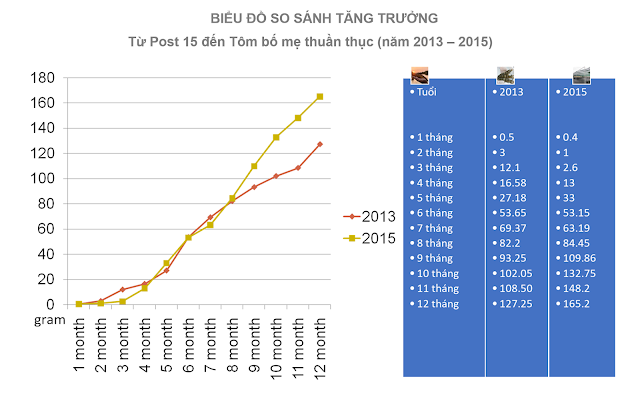
Comparison chart of shrimp growth from postlarvae (PL15) to mature broodstock (2013 – 2015)
Binh Minh domesticated black tiger shrimp is a genetic improvement of P. monodon. Our stocks are from the world’s largest and most diverse source of specific pathogen-free black tiger shrimp (SPF). They were domesticated to the 19th generation and genetically stabilized at the nuclear domestication center. Rapid growth is considered as the result of research approaches and support in areas including genetics, pathology, biotechnology, infrastructure, and high-tech operations.
The growth rate is recorded:
For industrial black tiger shrimp farming model: The stocking density is about 20 shrimps/m2. Reaching a size of 30 shrimps/kg after 3 to 4 months of culturing. Shrimp swim and are actively strong. The demand for oxygen, alkali, minerals, and feed is similar to white leg shrimp.
For extensive natural shrimp farming model: The stocking density is about 1-2 shrimp/m2. Reaching a size of 20 shrimps/kg after 3 months of culturing. Shrimp swimming focuses on the pond bottom during the first month after stocking. The demand for alkali, minerals and oxygen is high.
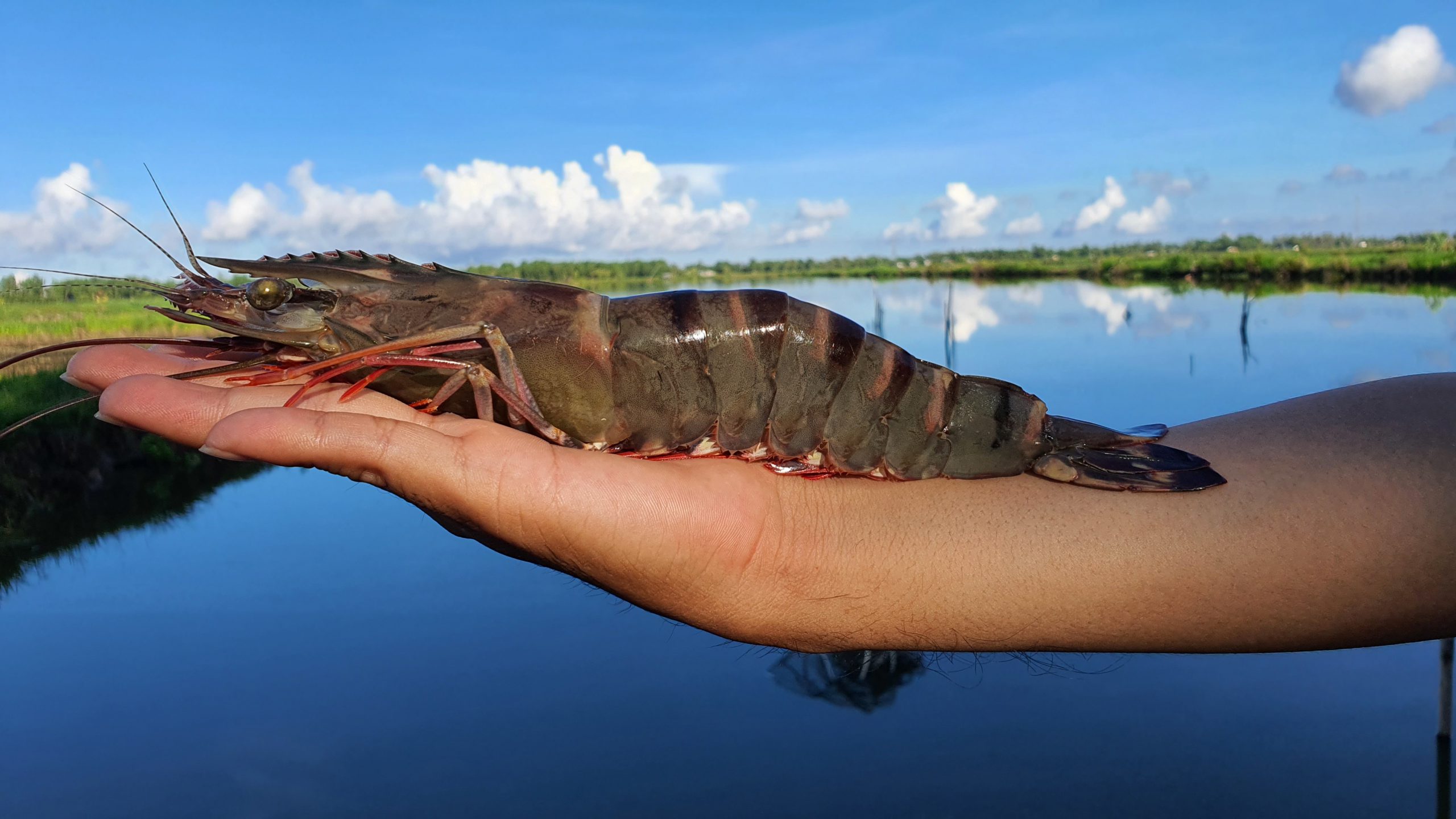
Binh Minh Aquaculture Development Co., Ltd
Youtube: https://www.youtube.com/channel/UCHgvogsXIXPSkEJcqspT9xQ
Shrimp nursery and stocking
Master Huynh Duy Phong – Binh Minh Aquaculture Development Co., Ltd
Preparing nursery pond is an important step in the extensive shrimp farming model. It is also one of the factors determining the success of farming. The purpose of the nursery pond is to improve the shrimp survival rate before stocking them in the pond.
For successful shrimp farming, we should consider nursery ponds like culture ponds. To have a good and effective nursery pond, we need to pay attention to the following issues as below:
1/ Preparing the nursery pond :
- Area: It accounts for about 5-10% of the pond area.
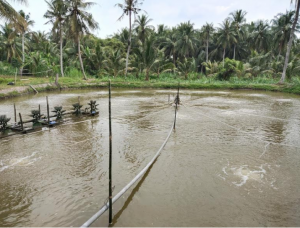
- Instruments: preparing from 1-2 paddle wheels (10-20 propellers) or installing more aerators in the pond bottom.
2/ Renovating and treating water of nursery ponds:
- Drying the pond bottom or draining off the water. Using limes at a dose of about 30 – 60 kg/1000 m2 for acid-soil areas.
- Taking water into the nursery pond through filter bags to remove trash fish.
- Depth: about 1.2 – 1.4 m.
- Using Hat Sinh Hoc Phu Dien after taking enough water into the pond for two days. It helps create watercolor and natural food resources such as worms, rice snails, and copepods.
- Using paddle wheels from 8 am to 4 pm daily after using the Hat Sinh Hoc Phu Dien
- Adjusting environmental factors: pH from 7.5-8.3, alkaline > 120 mg/l
3/ Selecting and stocking postlarvae: After treating the water for 7-10 days, the watercolor and natural food has stabilized, we start stocking.
- Selecting reputable, quality, disease-free from postlarvae hatcheries.
- Choosing postlarvae that are highly adaptable to severe environmental conditions and have high disease resistance.
- Stocking in the early morning or late afternoon.
- Acclimating shrimp with ponds water about 1-2 hours before stocking in clean plastic buckets with aeration.
Acclimating shrimp before stocking
4/ Stocking density:
- Density:
+ Black tiger shrimp: 10 – 20 shrimps/m2
+ White leg shrimp: 25 – 30 shrimps/m2
5/ Taking care of postlarvae:
- Feeding shrimp from 3 – 4 times per day.
- Using paddle wheels after feedings from 2 – 3 hours (oxygen > 50mg/l)
- Periodically using probiotics from 5-7 days per time.
6/ Shrimp nursery time:
- In the range of 25 – 35 days, depending on the farmer’s purpose and the weather condition, the nursery time is long or short .
7/ Renovating and treating water of culture ponds:
- During the nursing period, you should renovate ponds in the same way as the nursery pond. However, you don’t need to set up paddle wheels.
- The depth of water in the nursery pond is from 0.5 – 0.7 m.
8/ Transferring shrimp from nursery pond to farming pond:
- Adjusting environmental factors between ponds and nursery ponds relatively equally.
- Transferring shrimp after they reach the size of 800 – 1000 individuals/kg.
- Transferring shrimp in the early morning or late afternoon.
- There are several ways to transfer shrimp. The best way is to discharge the water from ponds to the nursery ponds, combined with using food as bait.
- Density:
+ Black tiger shrimp: 1 shrimp/m2
+ White leg shrimp: 5 shrimp/m2
9/ In case there is no fixed nursery pond and no equipment such as paddle wheels or aerators:
- Using nets or plastic tarps occupying about 5-10% of the pond area to make nursery ponds.
-
Renovating nursery ponds in the same way culture ponds.
- Density:
+ Black tiger shrimp: 10 shrimps/m2
+ White leg shrimp: 25 shrimps/m2
- We recommend you not stock for the next crop if there is no fixed nursery pond because the survival rate will be low.

10/ Note that the better the nursery pond, the higher the survival rate. In addition, it is also significant to the success of the crop.
Successful ponds
Reviews
There are no reviews yet.

 Tiếng Việt
Tiếng Việt 中文 (中国)
中文 (中国)
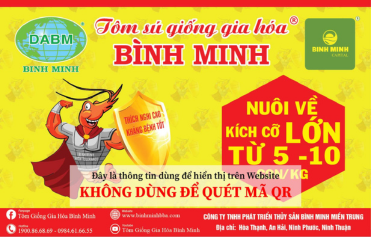
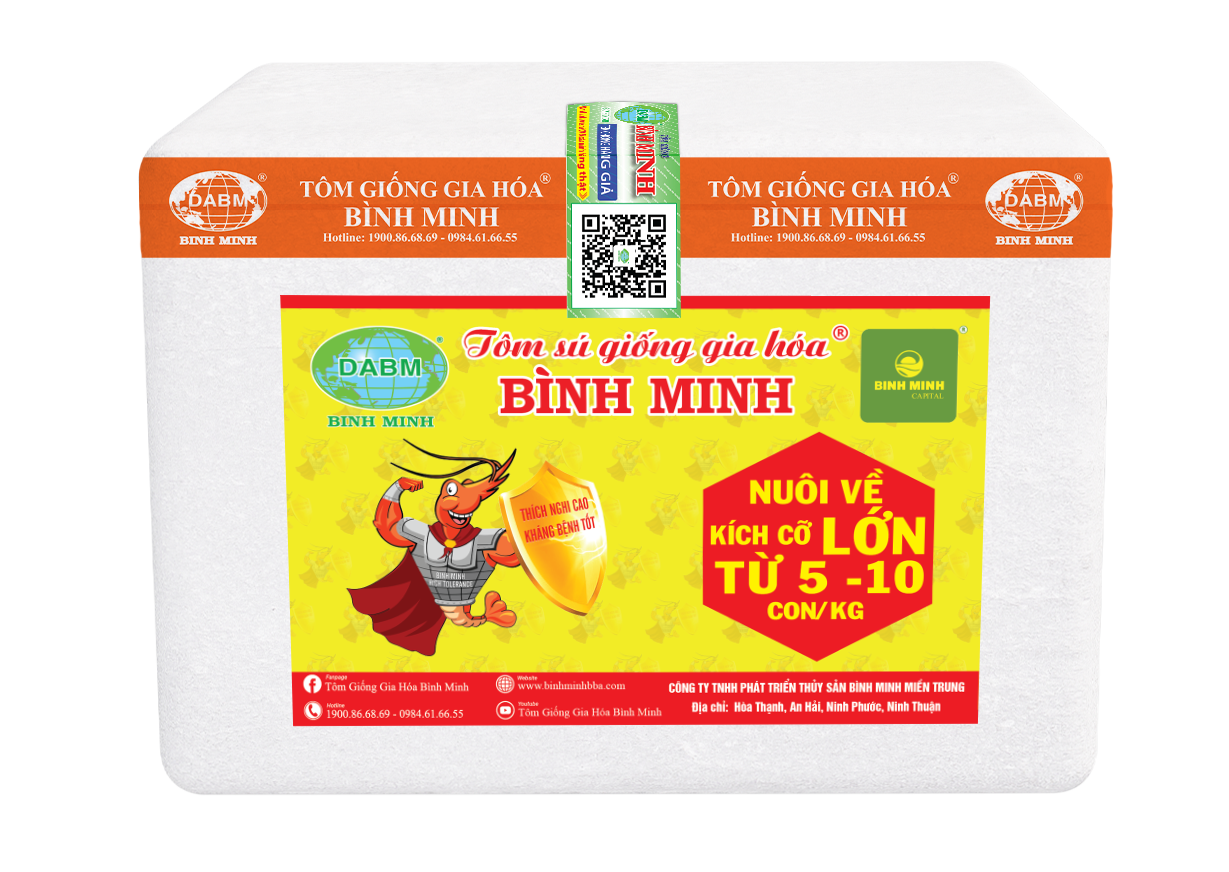
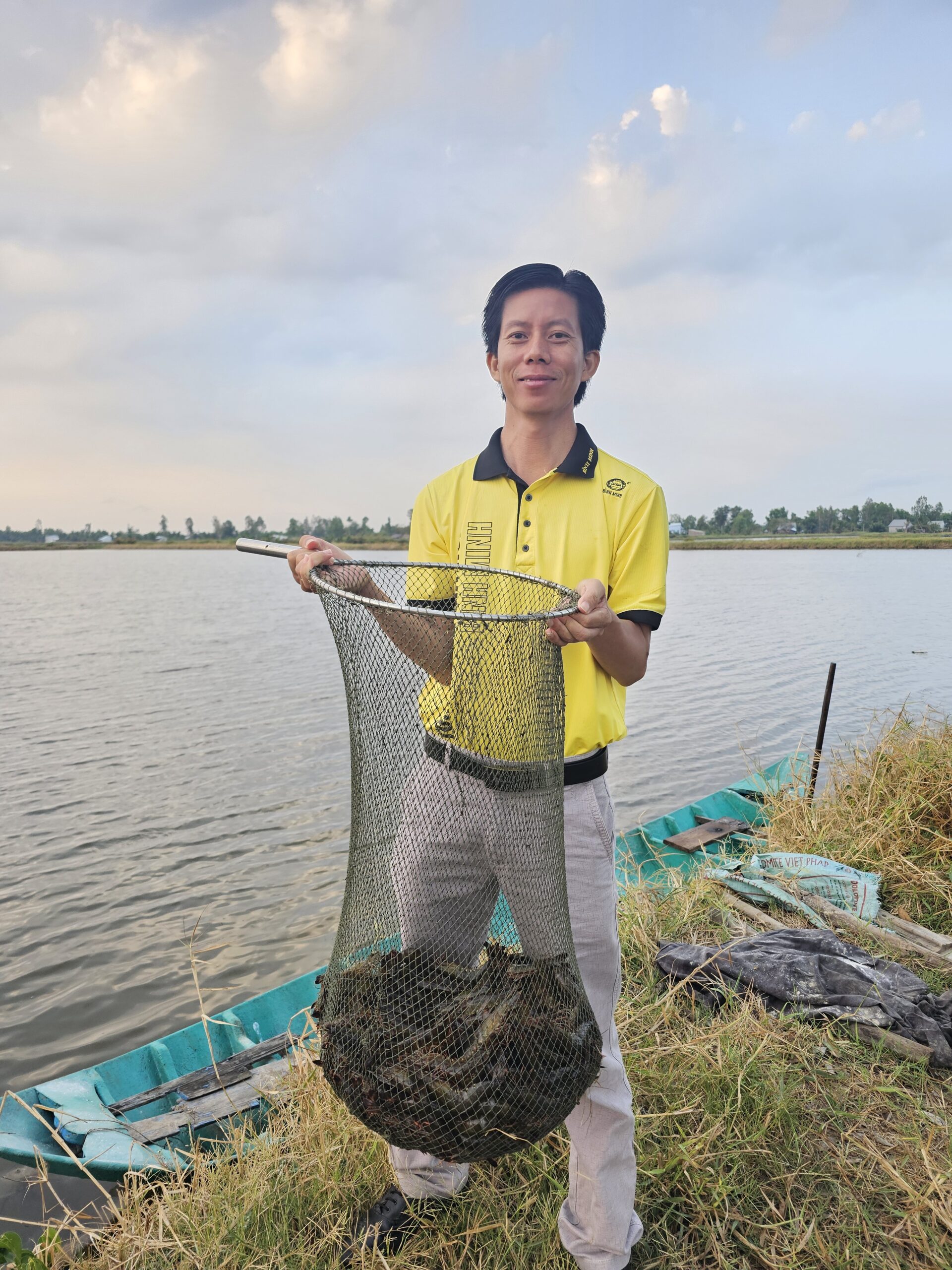
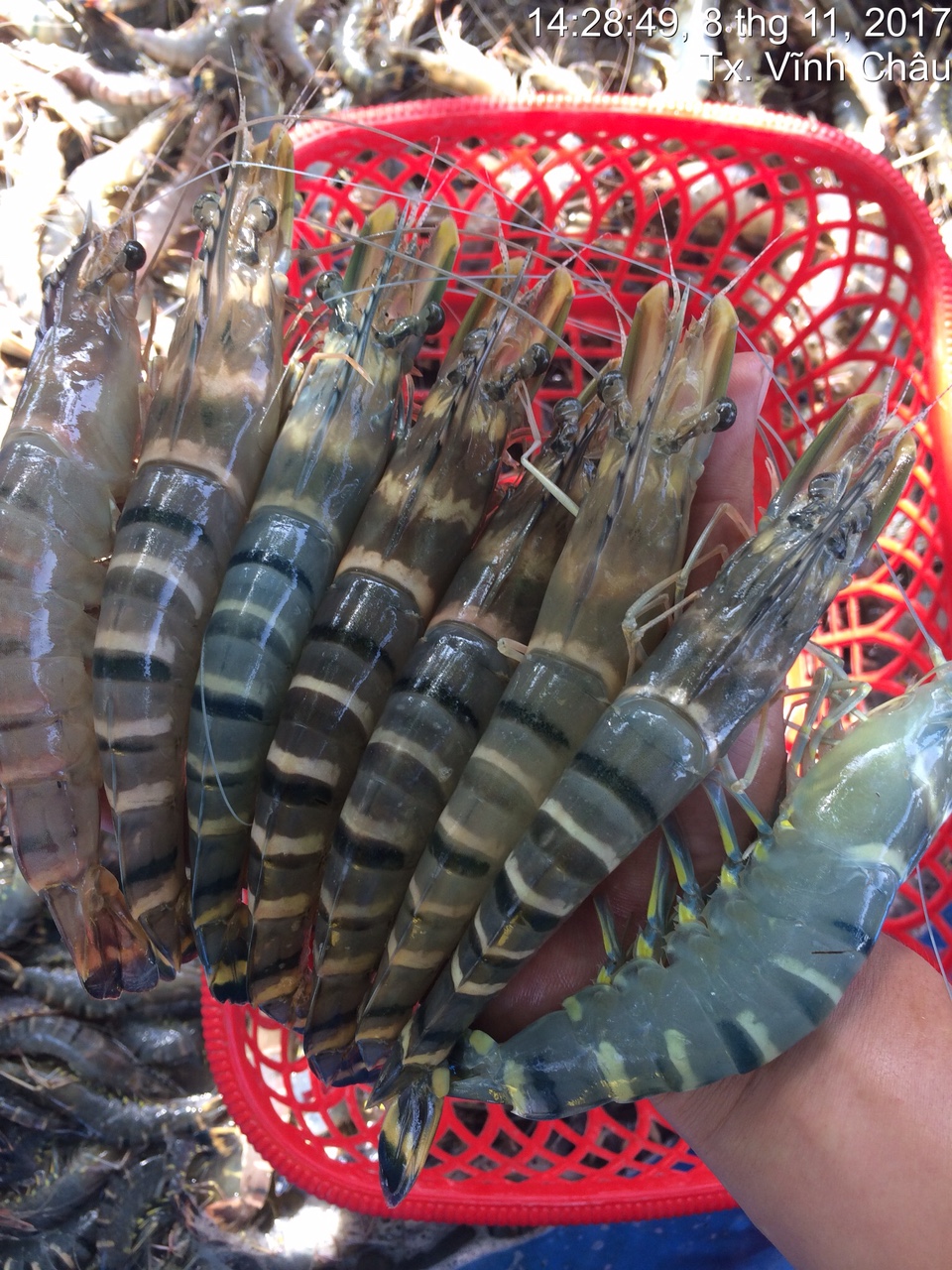
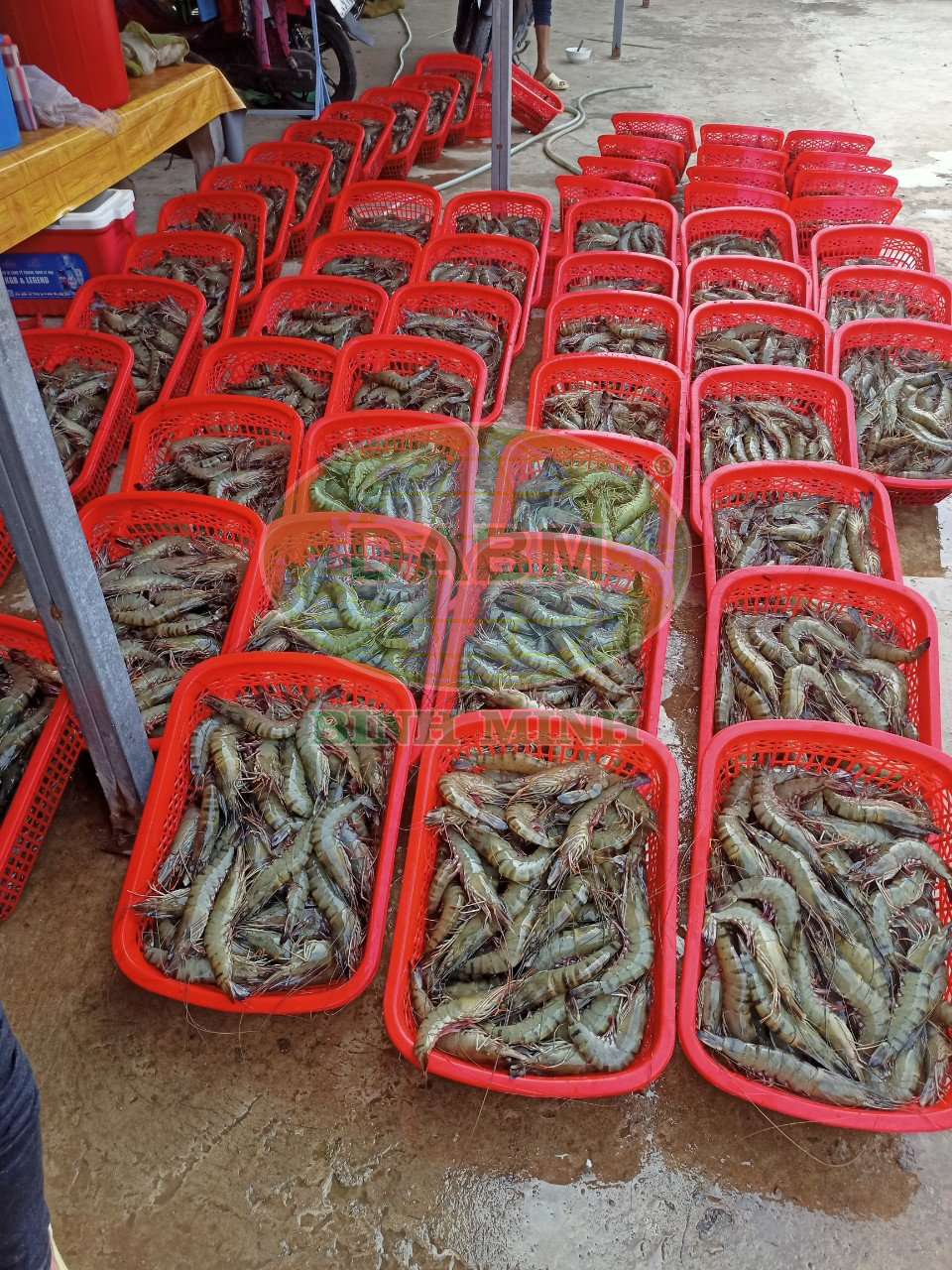
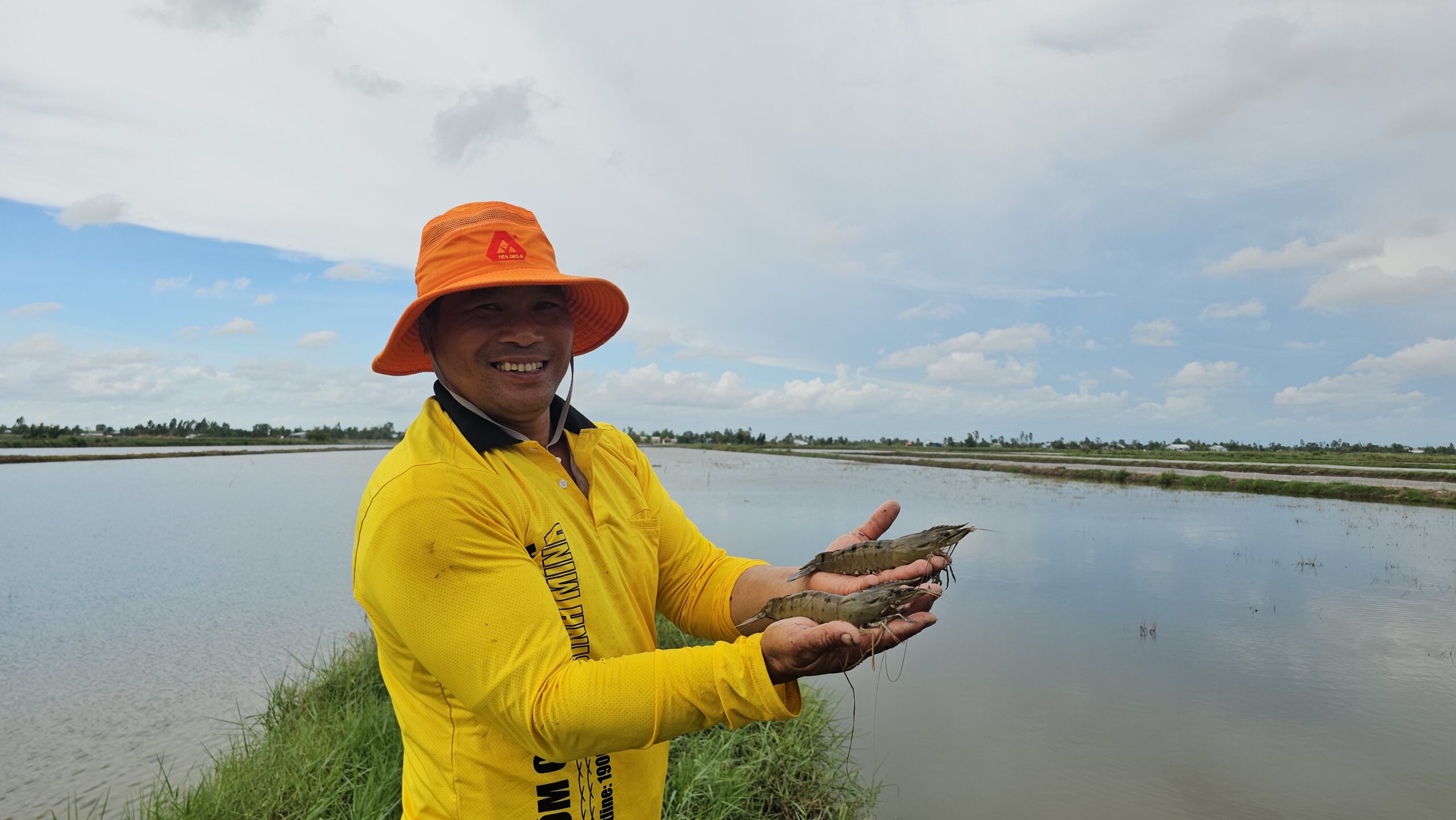
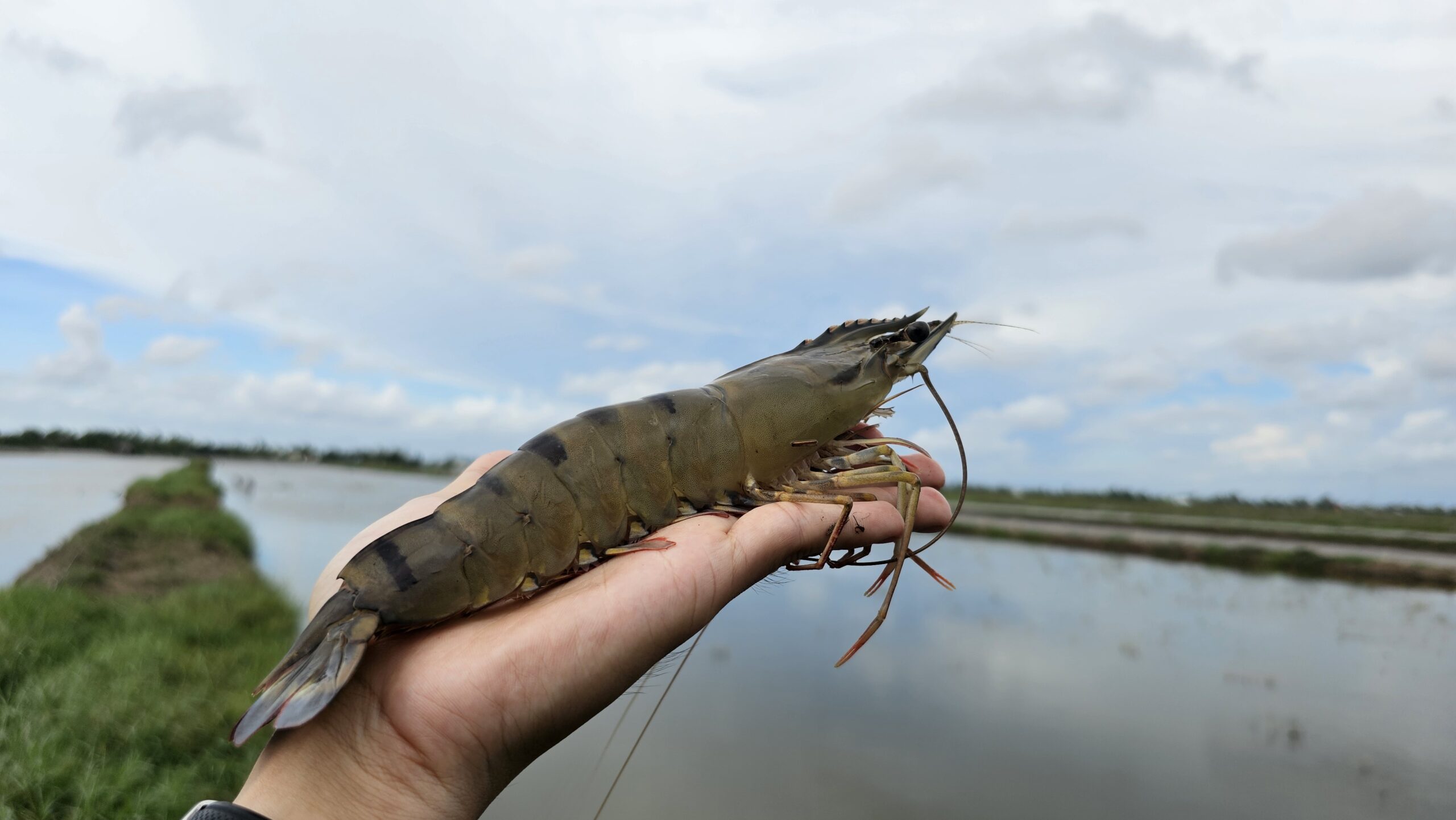
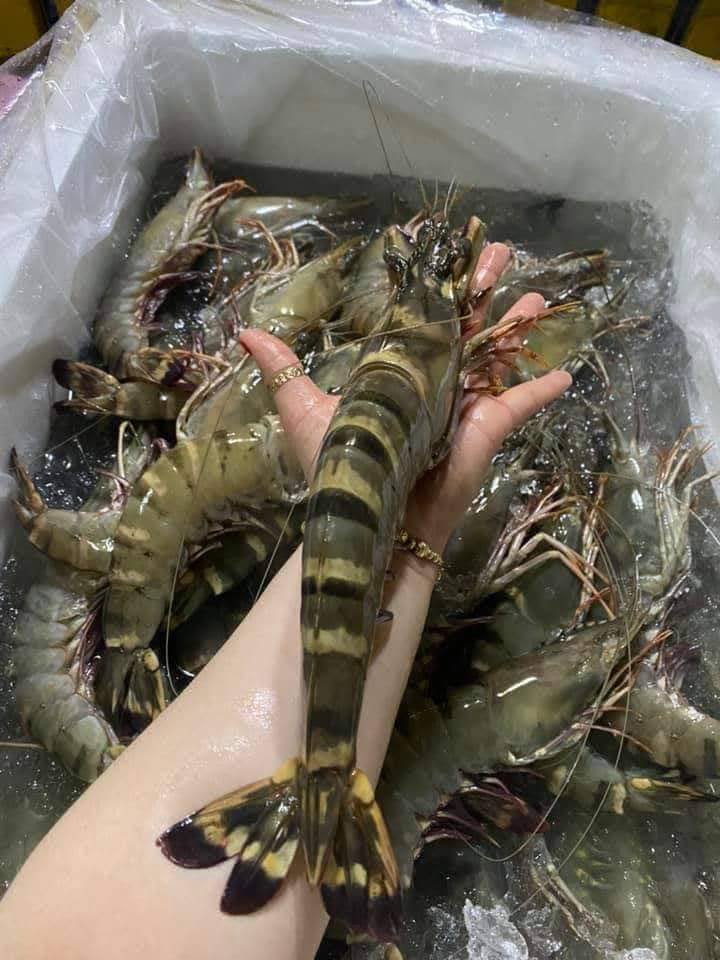
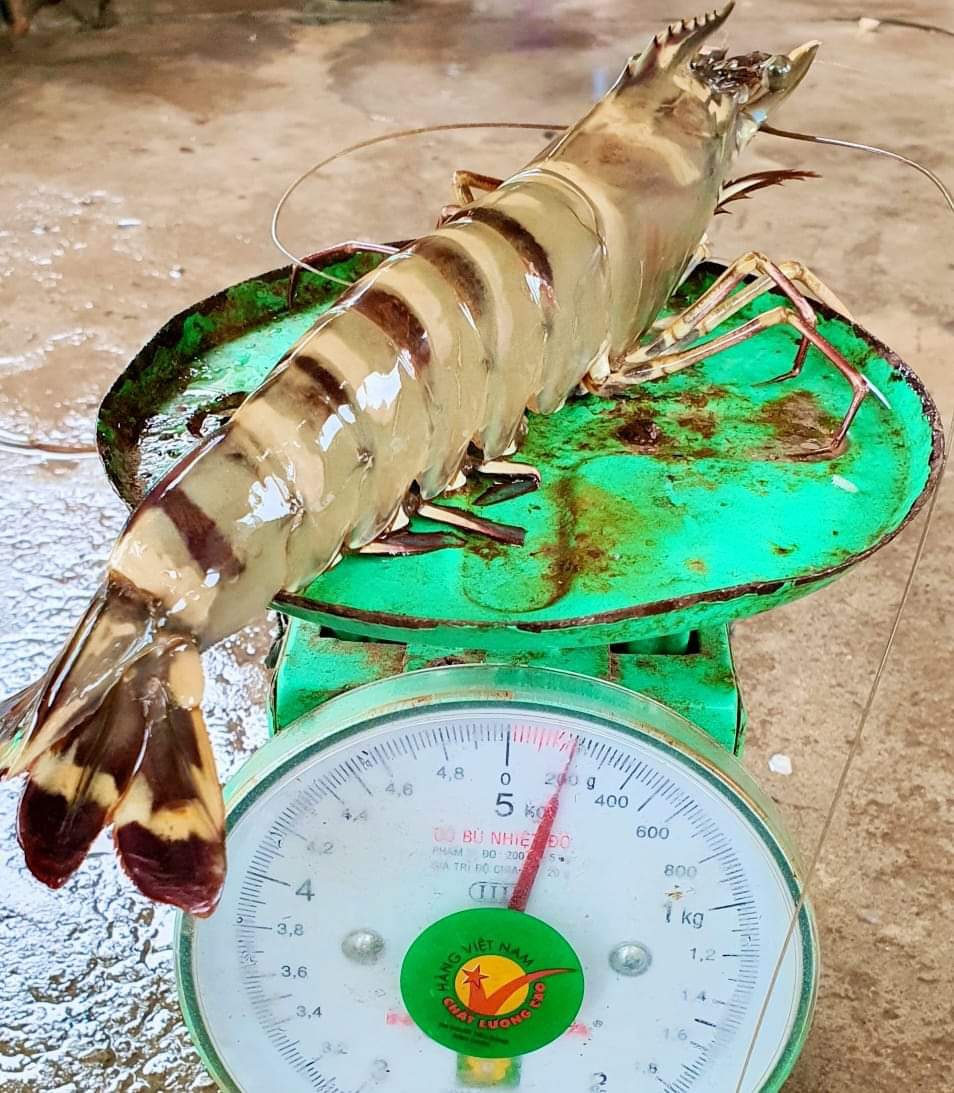
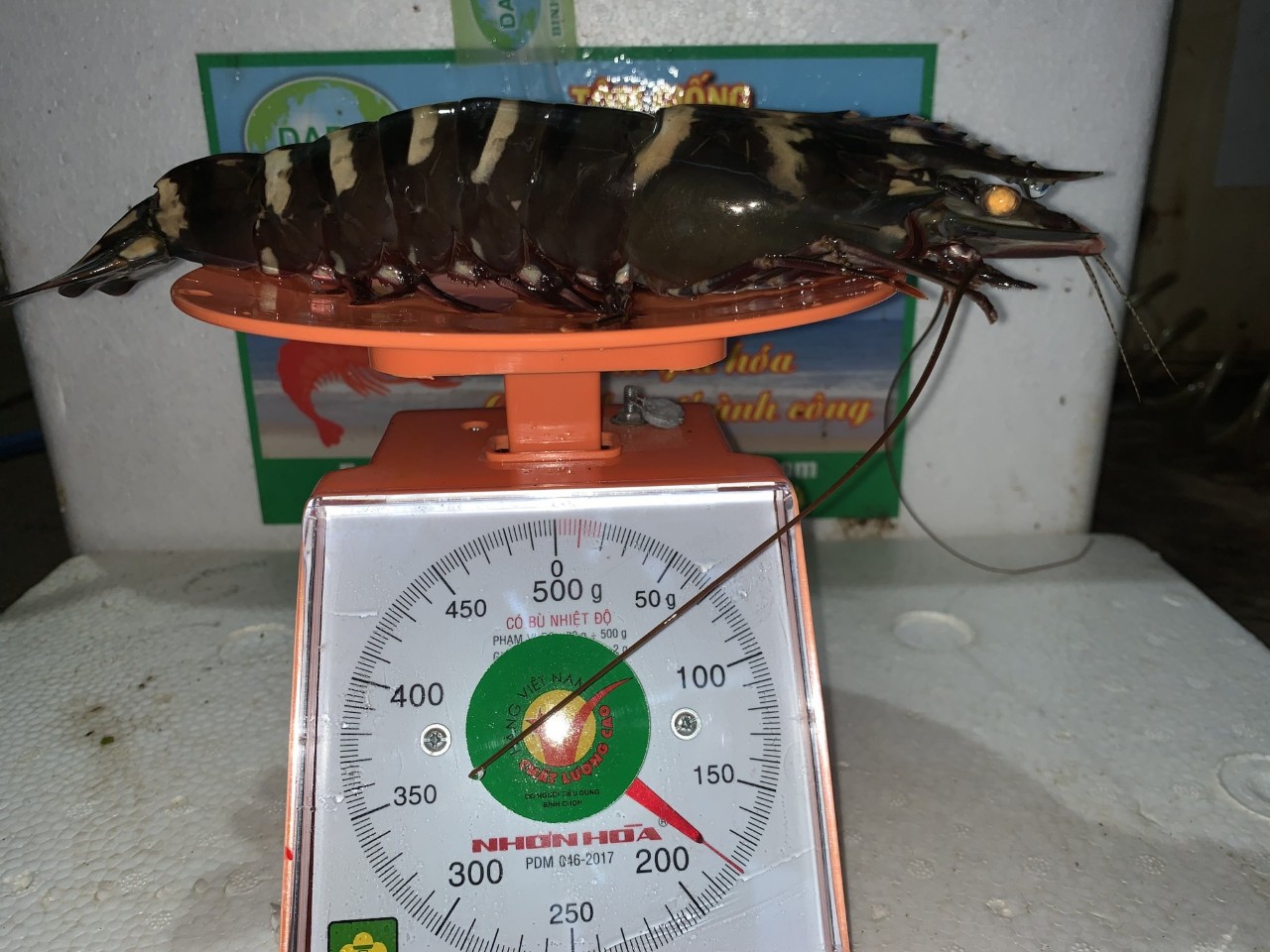
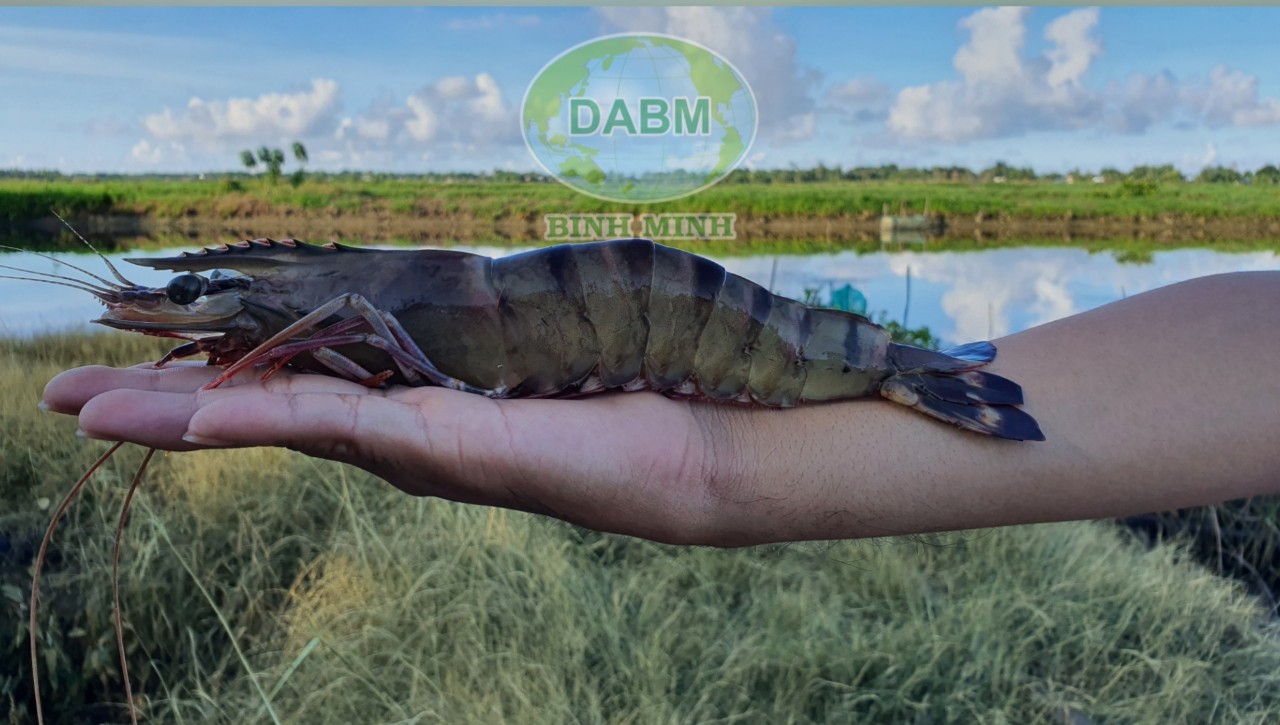

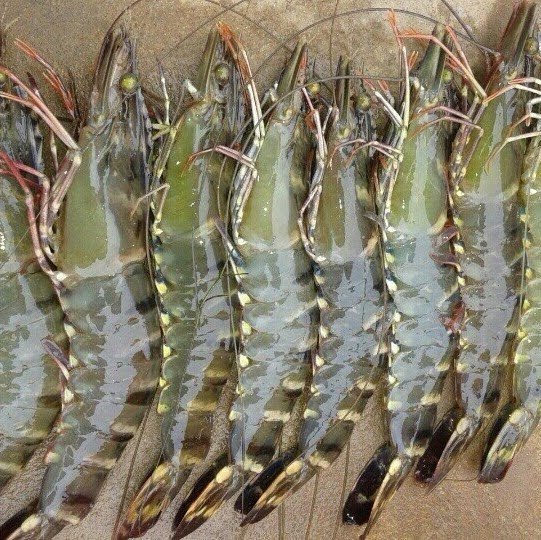
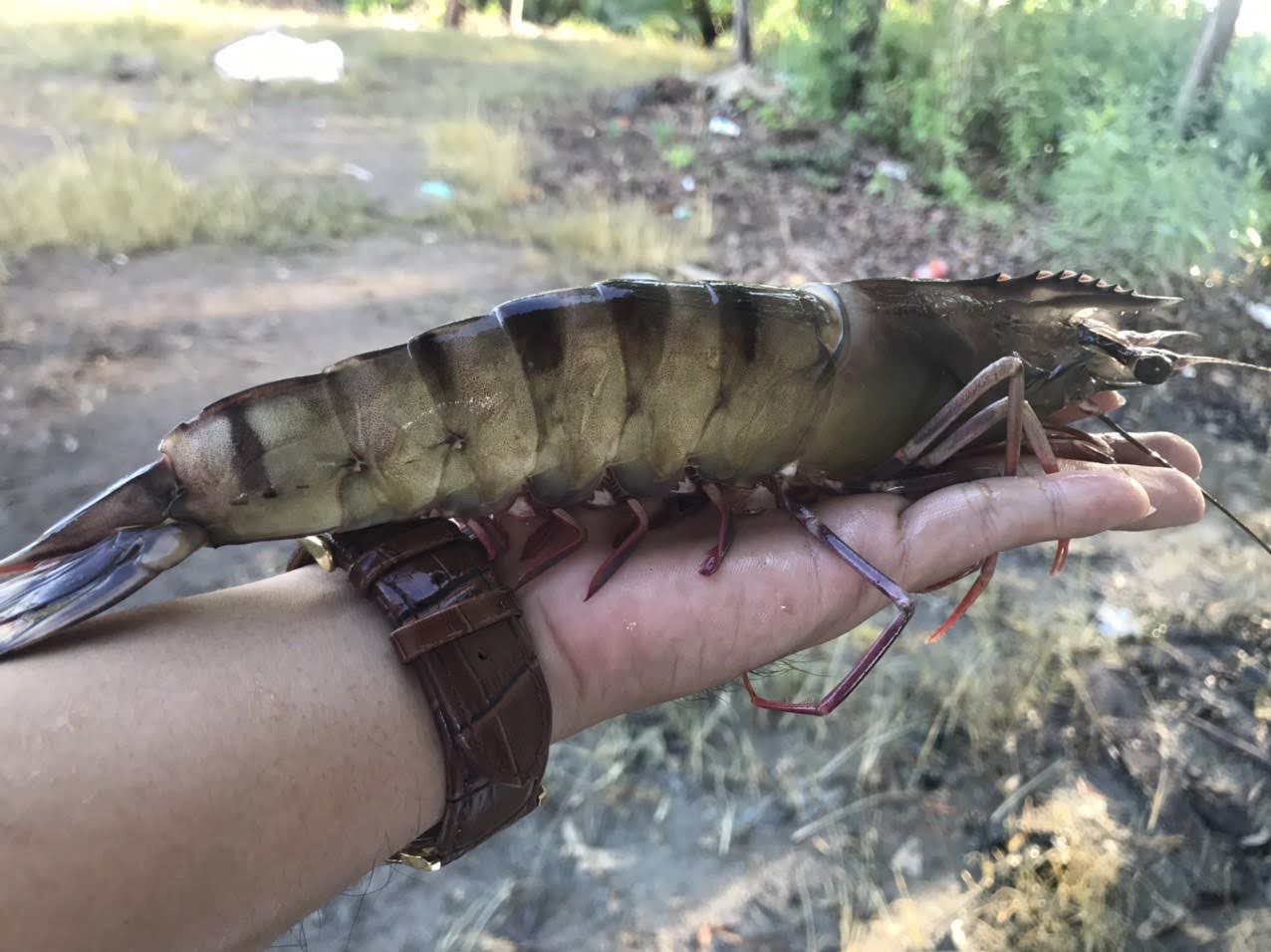
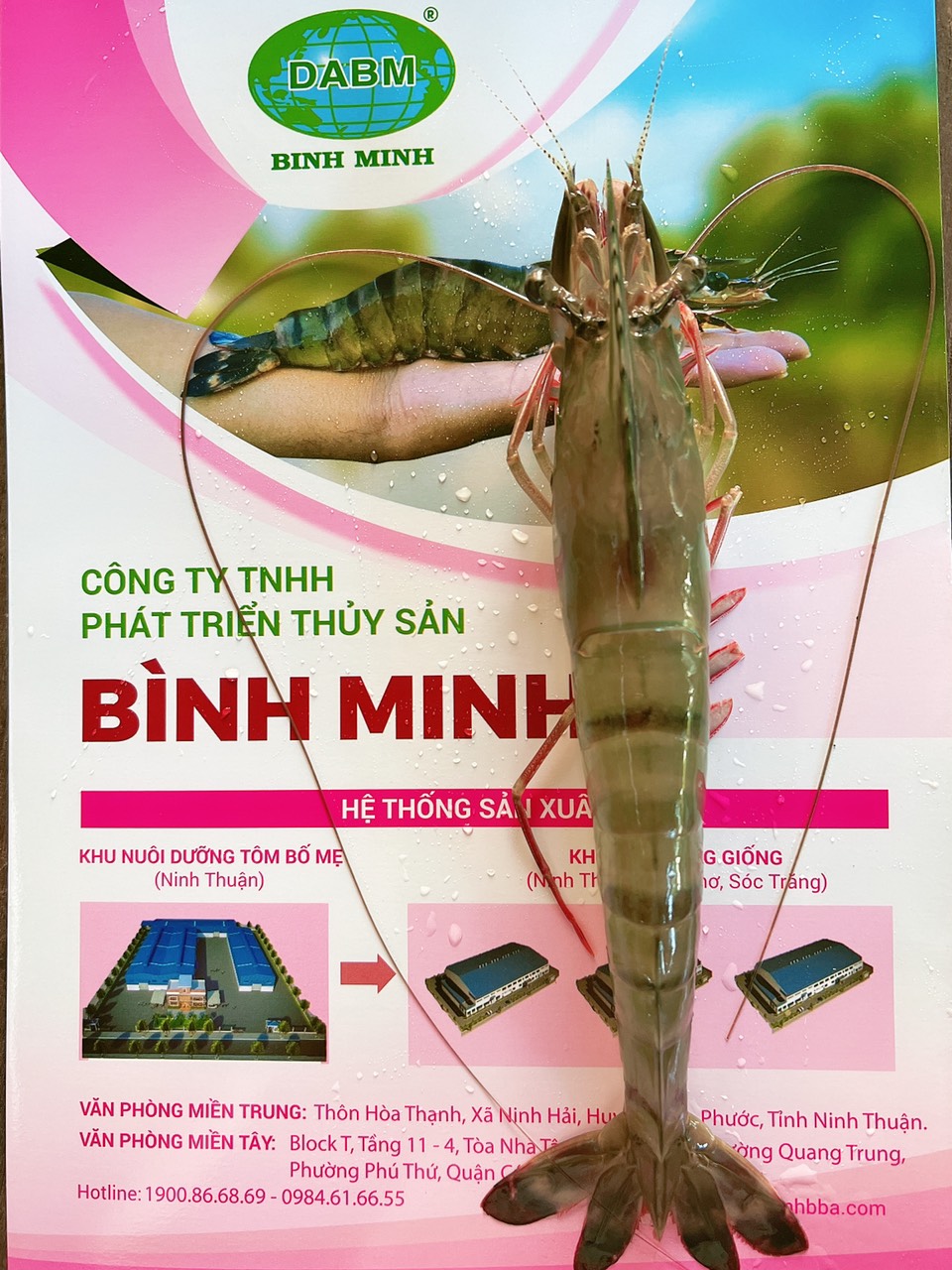
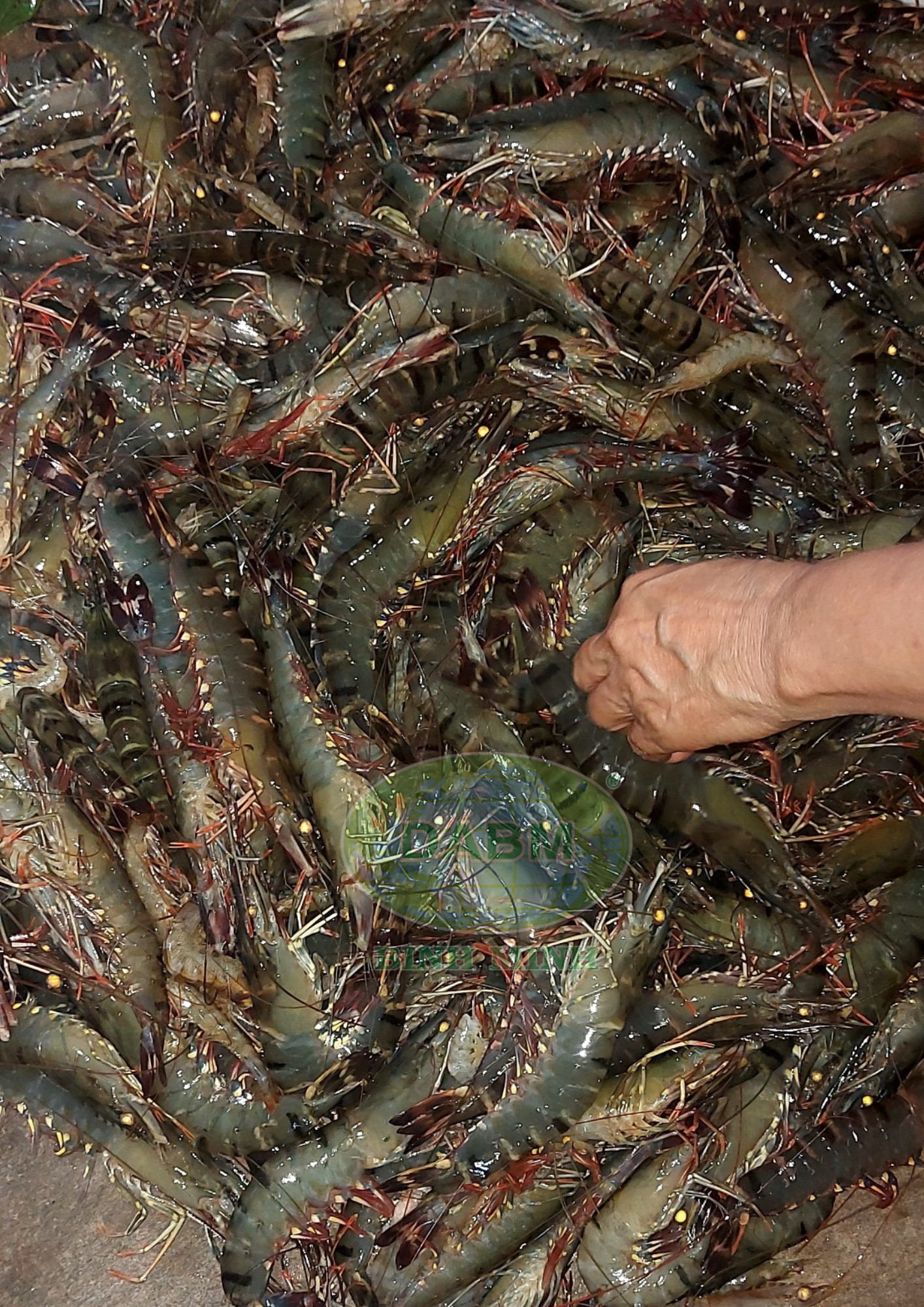
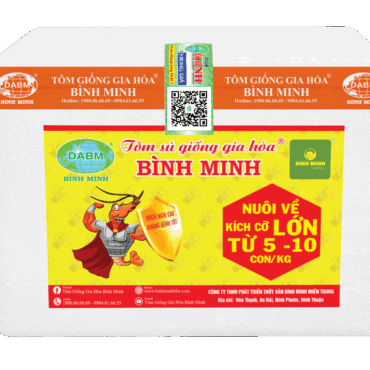
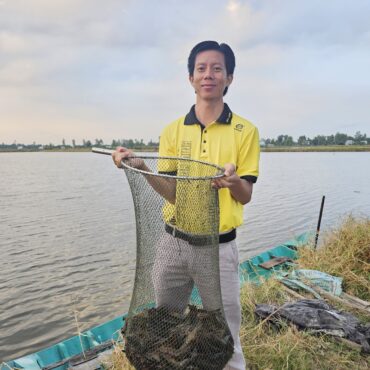
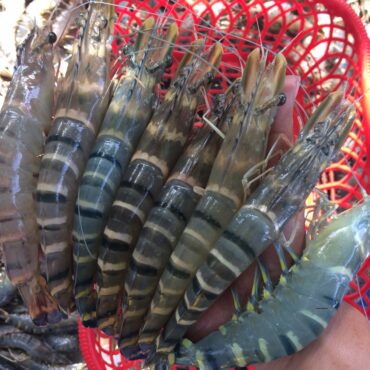
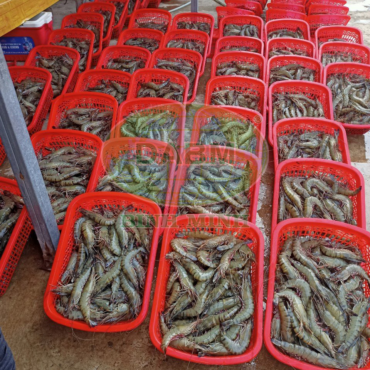
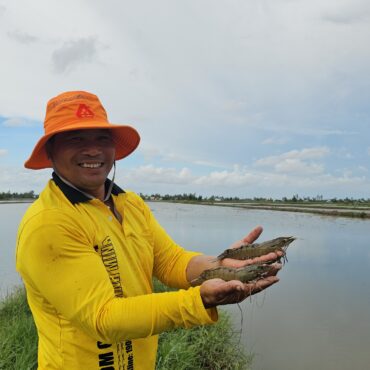
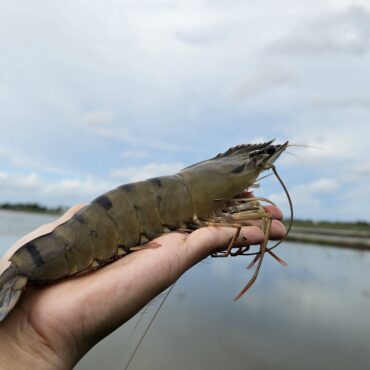
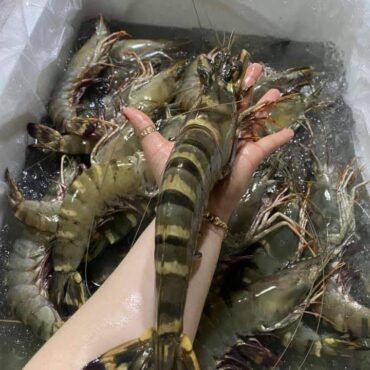
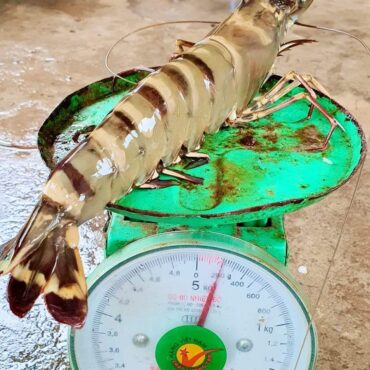
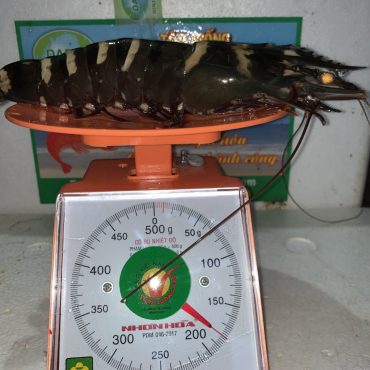
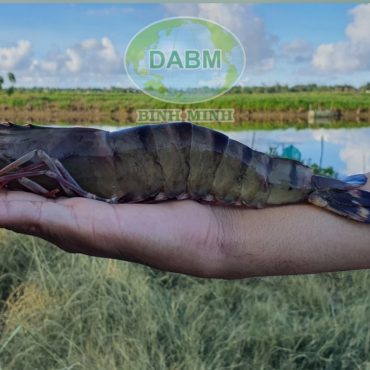
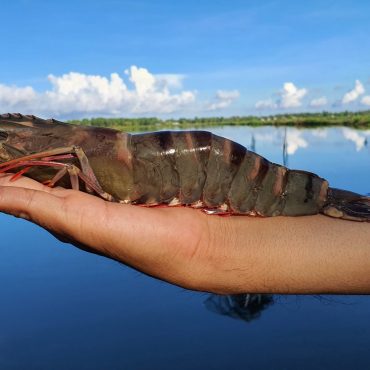
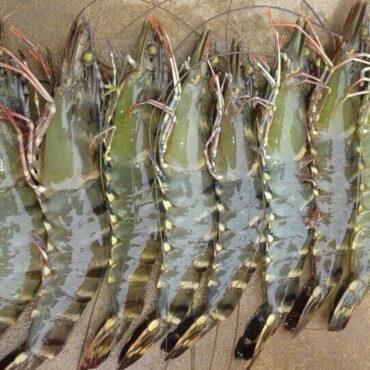
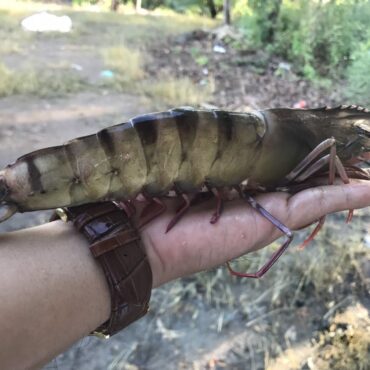
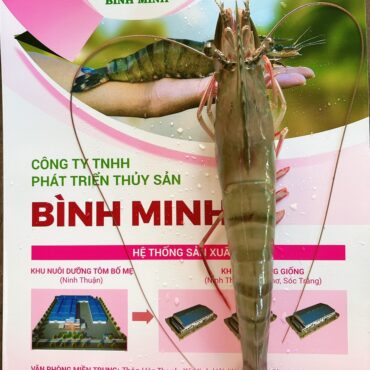
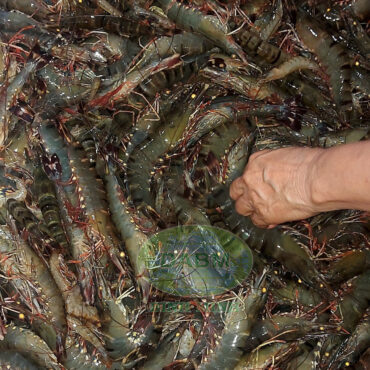


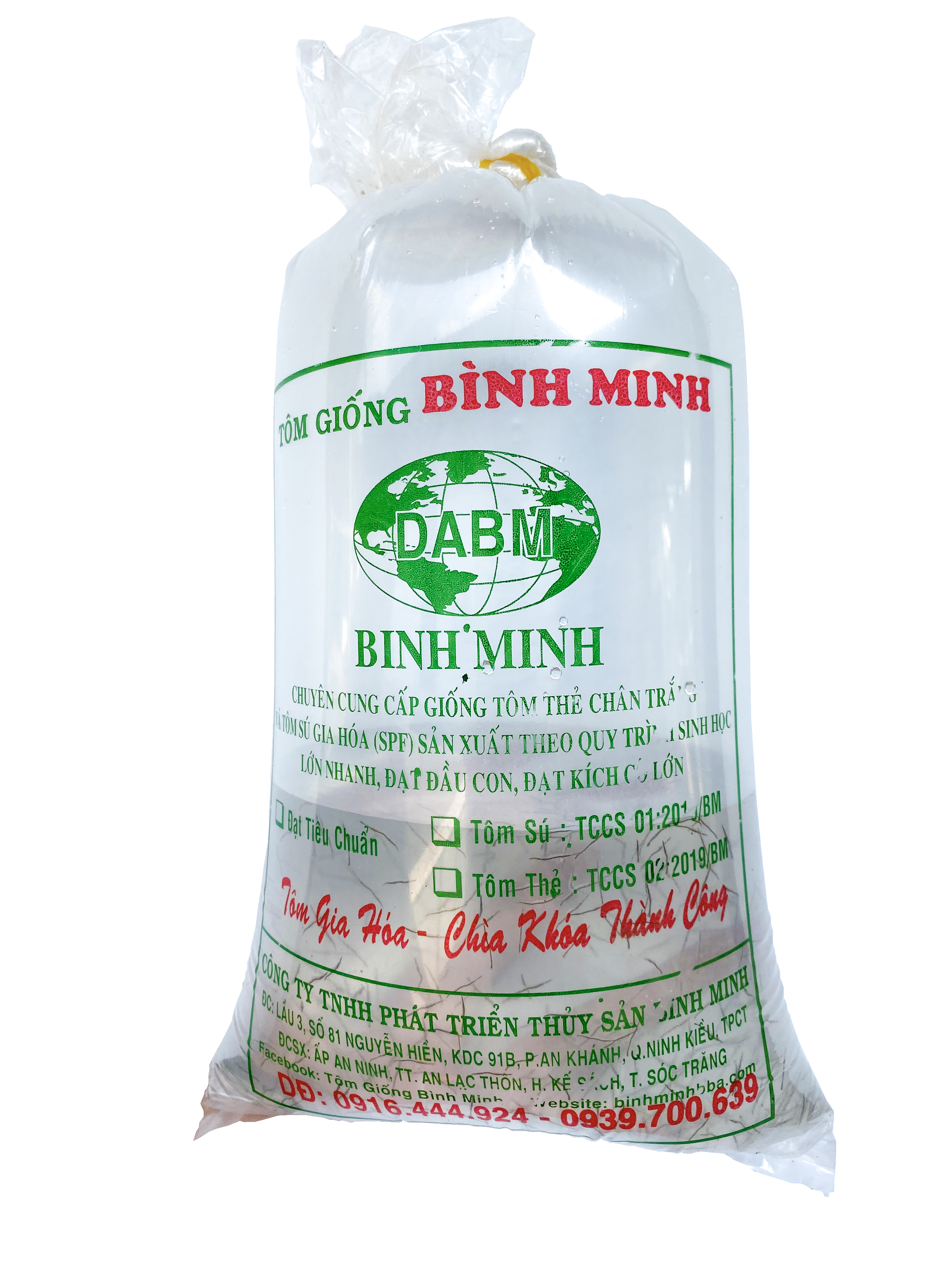
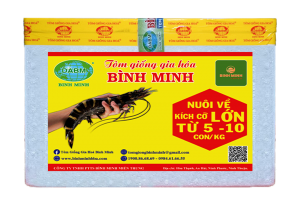
Be the first to review “The Binh Minh Domesticated Black Tiger Shrimp”